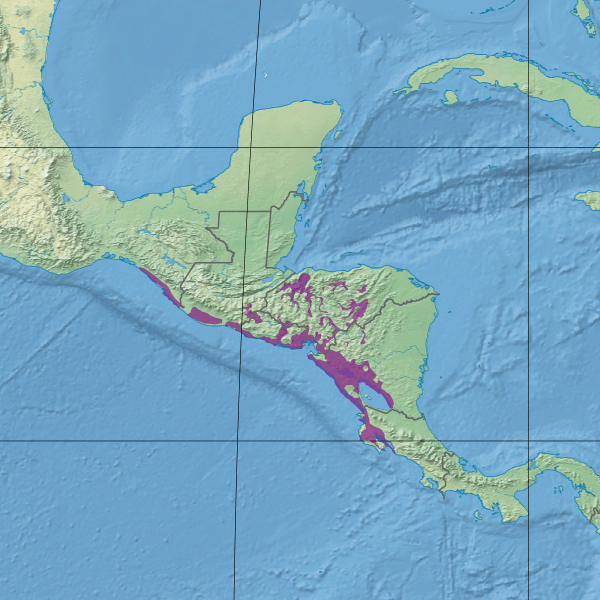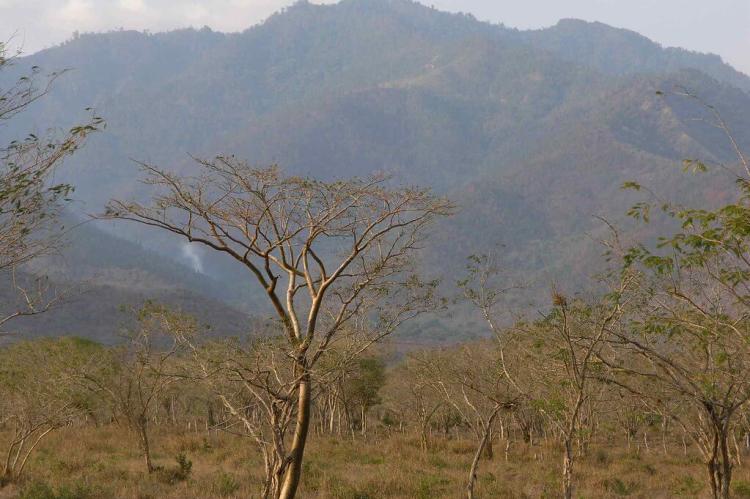Central American Dry Forests: Navigating the Diversity Amidst the Dry Seasons
The Central American dry forests ecoregion, spanning across Mexico, Guatemala, El Salvador, Honduras, Nicaragua, and Costa Rica, serves as a crucial transitional zone between the lush tropical rainforests and the arid deserts in the face of a prolonged dry season.
Central American Dry Forests
Navigating the Diversity Amidst the Dry Seasons
The Central American dry forests ecoregion, spanning Mexico, Guatemala, El Salvador, Honduras, Nicaragua, and Costa Rica, is a crucial transitional zone between the lush tropical rainforests and the arid deserts. This unique region along the Pacific Coast, from southern Chiapas to Guanacaste, exhibits a delicate balance of life in the face of a prolonged dry season, making it a fascinating subject for exploration and understanding in educational contexts.
Geographical Overview
Encompassing lowland and premontane areas up to 800 meters (2,600 feet) in elevation (and occasionally reaching 2,000 meters (6,500 feet)), the Central American dry forests extend along the Pacific Coast, with scattered fragments in low-altitude regions, including sizable areas near the Caribbean Sea in Honduras. This geographical diversity creates a dynamic landscape that challenges traditional perceptions of tropical ecosystems.
Climate and Vegetation
Defined by a tropical climate with a dry season lasting five to eight months, the ecoregion predominantly features deciduous forests. During the dry season, trees shed their leaves to conserve water, showcasing a unique adaptation to the challenges of water scarcity. The tree canopy, standing approximately 30 meters (100 feet) in height, presents delicate compound leaves that fall seasonally. The lower story includes evergreen species, thorny trees, and common woody lianas and epiphytes, forming a resilient and intricate ecosystem.
Biodiversity
The Central American dry forests are a hotbed of biodiversity, with numerous plant and animal species evolving specific adaptations to survive the alternating wet and dry seasons. Remarkably, at least 50 plant species are endemic to this ecoregion. The North Central American Pacific Slope Endemic Bird Area encompasses the region, featuring four restricted-range bird species, including the endemic white-bellied chachalaca, blue-tailed hummingbird, and giant wren. Notable inhabitants range from coatis and iguanas to jaguars, pumas, and the endangered Geoffrey's spider monkey.
The Pacific coast complements terrestrial biodiversity with the presence of marine life, including five species of marine turtles, diverse fish, amphibians, and endangered reptiles.
Conservation Challenges and Efforts
Human activities, notably agriculture, logging, and urban expansion, have left an indelible mark on the Central American dry forests. Extensive deforestation for agriculture has led to habitat loss and fragmentation, threatening the survival of numerous species. Conservation efforts are underway to protect and restore these critical ecosystems, acknowledging the delicate balance between human needs and the preservation of biodiversity.
Conclusion
The Central American dry forests ecoregion is a testament to nature's resilience and the intricate dance of life in the face of environmental challenges. By delving into its unique features and ongoing conservation efforts, learners can gain valuable insights into the delicate balance required to sustain diverse ecosystems amidst human activities.

Map illustrating the extent of the Central American dry forests (in purple).
